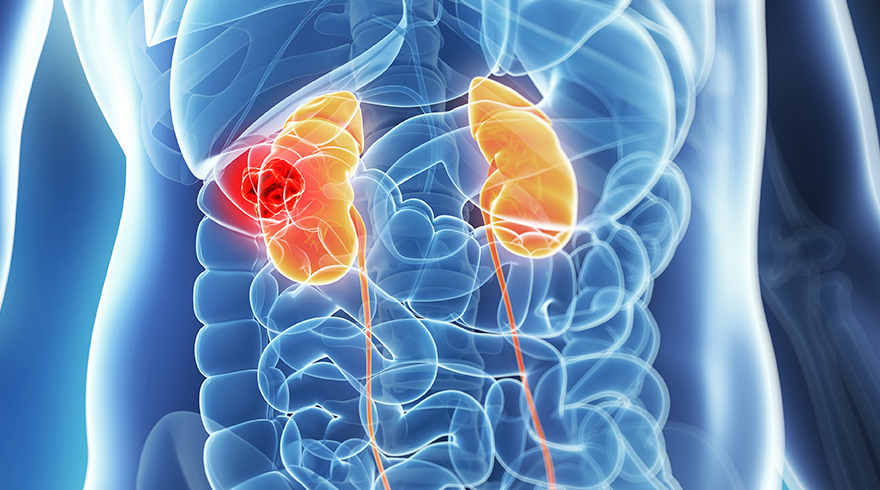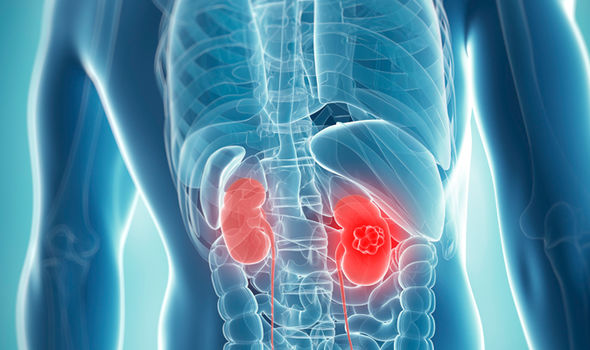Share this Page:
Two studies presented at the American Urological Association 2020 Virtual Experience this month provide evidence that active surveillance for small renal masses among older patients is as effective as surgery in terms of survival for patients with suspected renal cell carcinoma (RCC).
In a study from Oxford University Hospitals 208 patients with 212 T1a small renal masses were assessed. Of these patients, 76 underwent active surveillance, while the remaining 132 patients had either partial nephrectomy or radical nephrectomy. Over a median follow-up of 9.4 years, the mean growth rate of small renal masses in the active surveillance group was 0.9 mm/year, with 55% having no growth or a reduction in the size of their mass. Fourteen (18%) of the patients in the active surveillance group had an intervention due to tumour growth or patient choice, and 7.8% developed metastases, compared with 12.9% and 10.3% of patients who had partial or radical nephrectomy, respectively.
This study did not show any statistically significant difference between active surveillance and nephrectomy (partial or radical) with respect to overall and cancer-specific survival. In all, 47.1% of the patients in the active surveillance group died from causes other than RCC, further justifying the use of active surveillance in the management of small renal masses.
In another study from Johns Hopkins Medical Institutions in Baltimore, USA 10-year data from the Delayed Intervention and Surveillance for Small Renal Masses registry showing that active surveillance appears to be as safe as, and not inferior to, surgery among patients with small renal masses suspected to be RCC, and there was no significant difference in cancer-specific survival at 10 years between surgery and active surveillance (99.2% vs 99.7%, respectively). Overall survival, however, was higher among the patients who underwent surgery versus active surveillance at 7 years (90.9% vs 54.2%) and 10 years (83.4% vs 58.5%).















